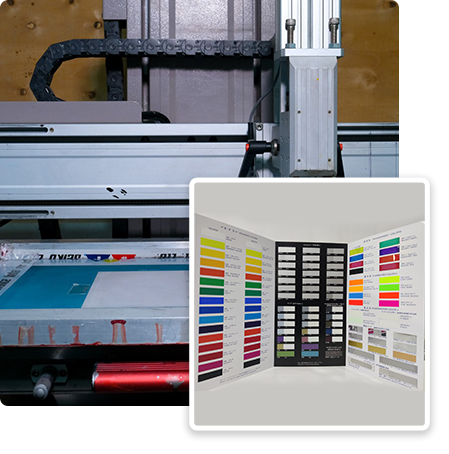Call us at
(+91) 8800090671
Email us at
Call us at
Email us at
RoHS restricts the use of the following hazardous substances in electrical and electronic equipment:
These substances are restricted to a maximum concentration value of 0.1% (except for cadmium, which is restricted to 0.01%) by weight in homogeneous materials.
RoHS applies to a wide range of electrical and electronic equipment (EEE), including:

The REACH (Registration, Evaluation, Authorisation, and Restriction of Chemicals) regulation is a European Union regulation designed to ensure the safe use of chemicals. It affects manufacturers, importers, and users of chemical substances, including those used in screen printing inks. When discussing the content of REACH in the context of screen printing ink, several key aspects should be considered:
By adhering to REACH regulations, companies involved in the production and use of screen printing inks can ensure that their products are safe for users and the environment, while also maintaining compliance with European Union chemical safety standards.
Certificate of non use of substances as per the regulations of different countries.

As a partner who thinks about the future and colors the moment, we will realize our value contribution to society.
09 to 17.30 (Except Sunday & holiday)